Solar lights have surged in popularity as eco-friendly, cost-effective lighting solutions for homes, gardens, and public spaces. However, a common misconception persists: solar lights require constant direct sunlight to function effectively. This belief often leads consumers to overlook the potential of solar-powered lighting in less-than-ideal conditions, such as shaded areas or cloudy climates. Drawing from user experiences on platforms like Reddit and Quora, insights into products like those from Bitpott, and a deeper look at solar technology, this article challenges the myth that solar lights need direct sunlight to perform. We’ll explore how these devices operate under various conditions, debunk common myths, and clarify the true requirements for solar lighting to help you make informed decisions.
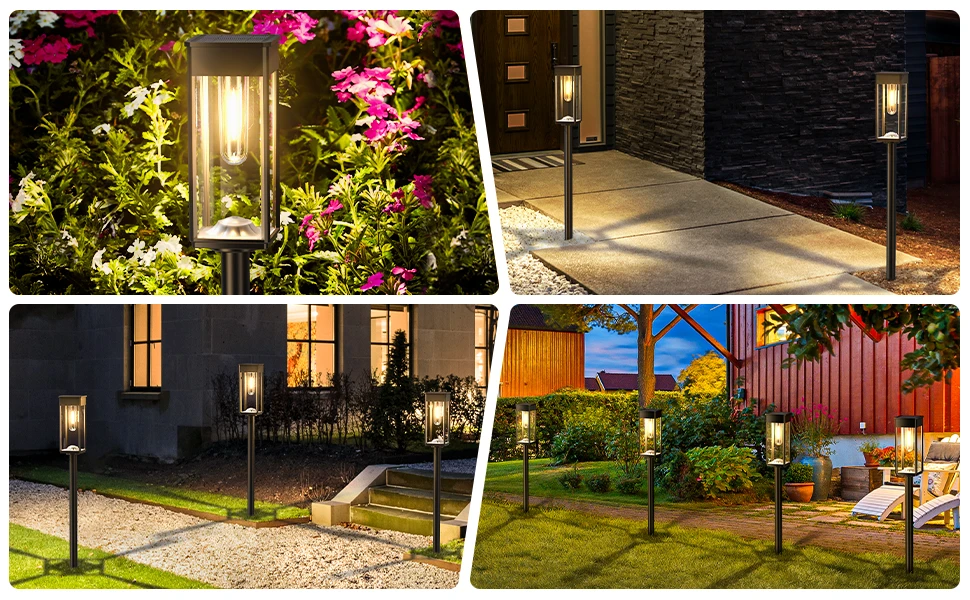
Understanding How Solar Lights Work
To address the myth, it’s essential to understand the basic mechanics of solar lights. These devices consist of a solar panel, a battery, an LED light source, and often a controller. The solar panel, typically made of photovoltaic cells, converts light energy into electricity, which is stored in a battery for use at night. The efficiency of this process depends on the intensity and duration of light exposure, but does it have to be direct sunlight?
Contrary to popular belief, solar panels don’t exclusively rely on direct sunlight. They can generate electricity from diffuse light—the scattered light present on cloudy days or in shaded areas. While direct sunlight produces the highest energy output, solar lights can still charge under indirect sunlight, albeit at a reduced efficiency. For instance, a study from the International Energy Agency notes that solar photovoltaic systems can generate up to 20-30% of their maximum output on overcast days, depending on cloud thickness. This challenges the notion that solar lights are ineffective without bright, unobstructed sun.
User Experiences: Reddit and Quora Insights
Real-world user experiences on platforms like Reddit and Quora provide valuable insights into how solar lights perform outside of laboratory conditions. On Reddit’s r/solar and r/homelab communities, users frequently discuss their experiments with solar-powered lighting in diverse environments. One user shared that their solar garden lights in a partially shaded backyard charged sufficiently to illuminate pathways for 6-8 hours, even on cloudy days. They noted that while the lights were dimmer than in full sun, they remained functional. Another user in a northern climate with frequent overcast skies reported that their solar outdoor lights maintained consistent performance by optimizing panel placement to capture diffuse light.
Quora threads echo similar sentiments. A user in a Q&A about solar lighting myths explained that their solar LED lights worked well under tree cover, provided the solar panel was angled to maximize exposure to available light. These anecdotes align with technical data: solar panels can capture indirect sunlight reflected off surfaces like walls or the ground, contributing to battery charging. However, users consistently emphasize the importance of solar panel placement and regular cleaning to remove dust or debris, which can further reduce efficiency in low-light conditions.
Bitpott’s Solar Lights: A Case Study
Bitpott, a brand known for innovative solar-powered lighting, offers products that exemplify how modern solar technology can overcome the limitations of indirect sunlight. Their solar outdoor lights are designed with high-efficiency monocrystalline solar panels, which are more effective at capturing diffuse light compared to older polycrystalline panels. Bitpott’s products also feature advanced battery management systems that optimize energy storage, ensuring longer illumination times even when charging occurs in suboptimal conditions.
For example, Bitpott’s solar garden lights are praised for their IP67 waterproof rating and smart light sensors, which adjust brightness based on ambient conditions. User reviews highlight that these lights perform reliably in partially shaded areas, such as under pergolas or near tall fences, where direct sunlight is limited. This makes Bitpott’s offerings a compelling case study for debunking the myth that solar lights require constant sun exposure. However, to maintain neutrality, it’s worth noting that other brands, like Philips and FSL, also produce solar lights with similar capabilities, emphasizing the industry-wide advancements in solar technology.
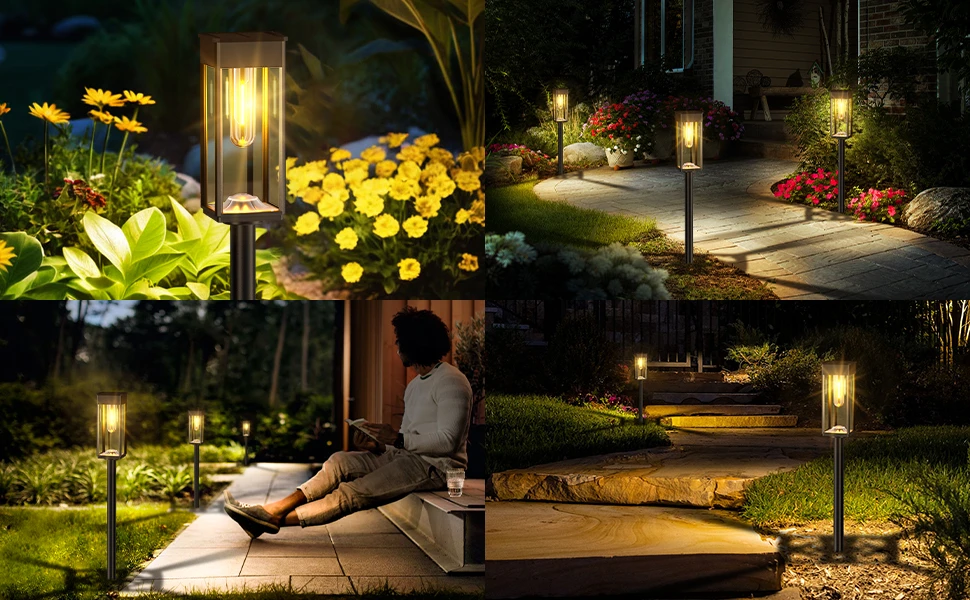
Debunking Common Solar Lighting Myths
Several misconceptions about solar lights contribute to the belief that they need direct sunlight. Let’s address the most prevalent ones:
- Myth: Solar lights don’t work on cloudy days.
As mentioned, solar panels can generate electricity from diffuse light. While output is lower—sometimes as little as 10% of peak capacity on heavily overcast days—modern solar lights are designed to store enough energy to function through several cloudy days. For example, Bitpott’s solar LED lights can charge in indirect sunlight and provide 6-10 hours of illumination, depending on the model. - Myth: Solar lights are useless in shaded areas.
Shaded areas don’t mean zero light. Solar panels can harness reflected or scattered light, and strategic solar panel placement can significantly improve performance. Users on Reddit suggest tilting panels toward open sky or using reflective surfaces to boost light capture. - Myth: Solar lights are only for sunny regions.
Solar lighting is viable in regions with less sunlight, such as northern Europe or Canada. For instance, a Quora user in the UK noted that their solar outdoor lights worked reliably year-round by using high-capacity batteries and efficient LEDs. The key is selecting solar lights with larger solar panels and robust battery storage. - Myth: “As long as there’s light, there’s power.”
This marketing slogan oversimplifies solar technology. While solar panels can generate some electricity in low-light conditions, the output is proportional to light intensity. Claims of “instant power” are misleading, as charging efficiency drops significantly in dim conditions.
Operating Conditions for Optimal Solar Light Performance
To maximize the performance of solar lights in indirect sunlight, consider the following factors:
- Solar Panel Placement: Position the solar panel to face the sky as directly as possible, avoiding obstructions like trees or buildings. Adjustable mounts can help track the sun’s path or capture diffuse light more effectively.
- Panel Type and Efficiency: Monocrystalline solar panels, like those used in Bitpott products, are more efficient in low-light conditions than polycrystalline panels. Look for solar lights with high-efficiency panels for better performance in indirect sunlight.
- Battery Capacity: A larger battery capacity ensures solar lights can store enough energy to operate through cloudy days or nights. Lithium-ion batteries, commonly used in modern solar lights, offer longer lifespans and better charge retention.
- Maintenance: Dust, snow, or debris on solar panels can reduce efficiency. Regular cleaning with water, as suggested by some Reddit users, keeps panels functioning optimally.
- Light Sensors and Controllers: Smart sensors, like those in Bitpott’s solar outdoor lights, adjust brightness to conserve energy, extending runtime in low-light conditions.
The Broader Context of Solar Technology
The misconception about direct sunlight stems from early limitations in solar technology, when panels were less efficient and batteries had lower capacities. However, advancements in photovoltaic cells and battery storage have transformed solar lights into versatile solutions. For example, the International Energy Agency predicts that solar photovoltaic systems could account for 16% of global electricity by 2050, driven by falling costs and improved efficiency. These advancements make solar lighting accessible even in regions with limited direct sunlight.
Moreover, solar lights align with broader sustainability goals. They reduce reliance on grid electricity, lower carbon footprints, and save on energy costs. In rural areas, as noted in a Zhihu post, solar lights can save significant electricity expenses, making them a practical choice for households and farms.
Why This Matters for Consumers
For readers intrigued by debunking myths and exploring solar technology, understanding that solar lights don’t strictly need direct sunlight opens up new possibilities. Whether you live in a cloudy region, have a shaded garden, or simply want to reduce energy bills, solar-powered lighting offers flexibility and reliability. By choosing high-quality products with efficient solar panels and robust battery storage, you can harness indirect sunlight to illuminate your space effectively.
The experiences shared on Reddit and Quora, combined with the performance of brands like Bitpott, demonstrate that solar lights are far more adaptable than commonly believed. Rather than dismissing them for lack of direct sunlight, consider how solar panel placement, panel type, and maintenance can optimize their performance. As solar technology continues to evolve, the myth of direct sunlight will fade, replaced by a clearer understanding of how solar lights can brighten our lives—rain or shine.



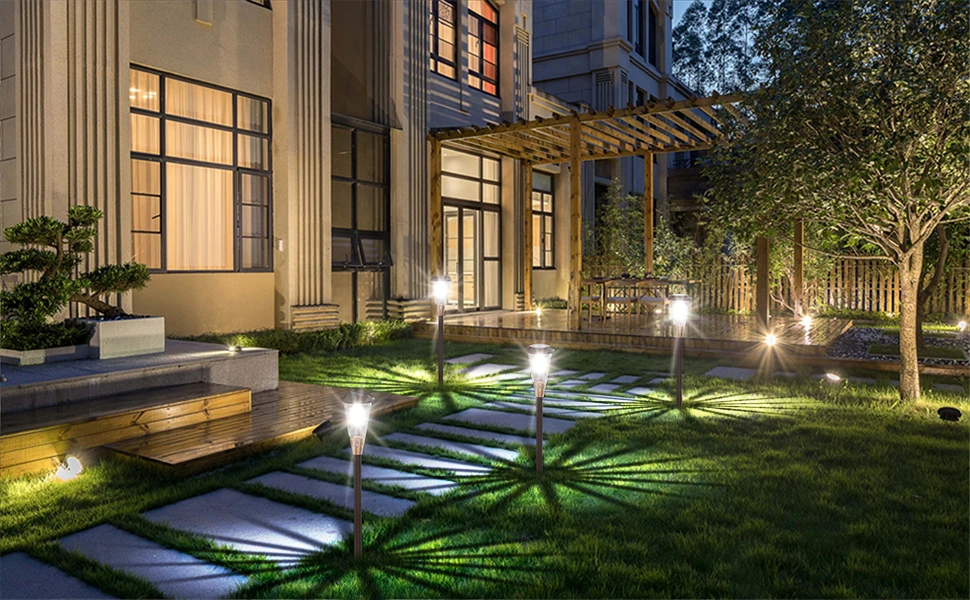
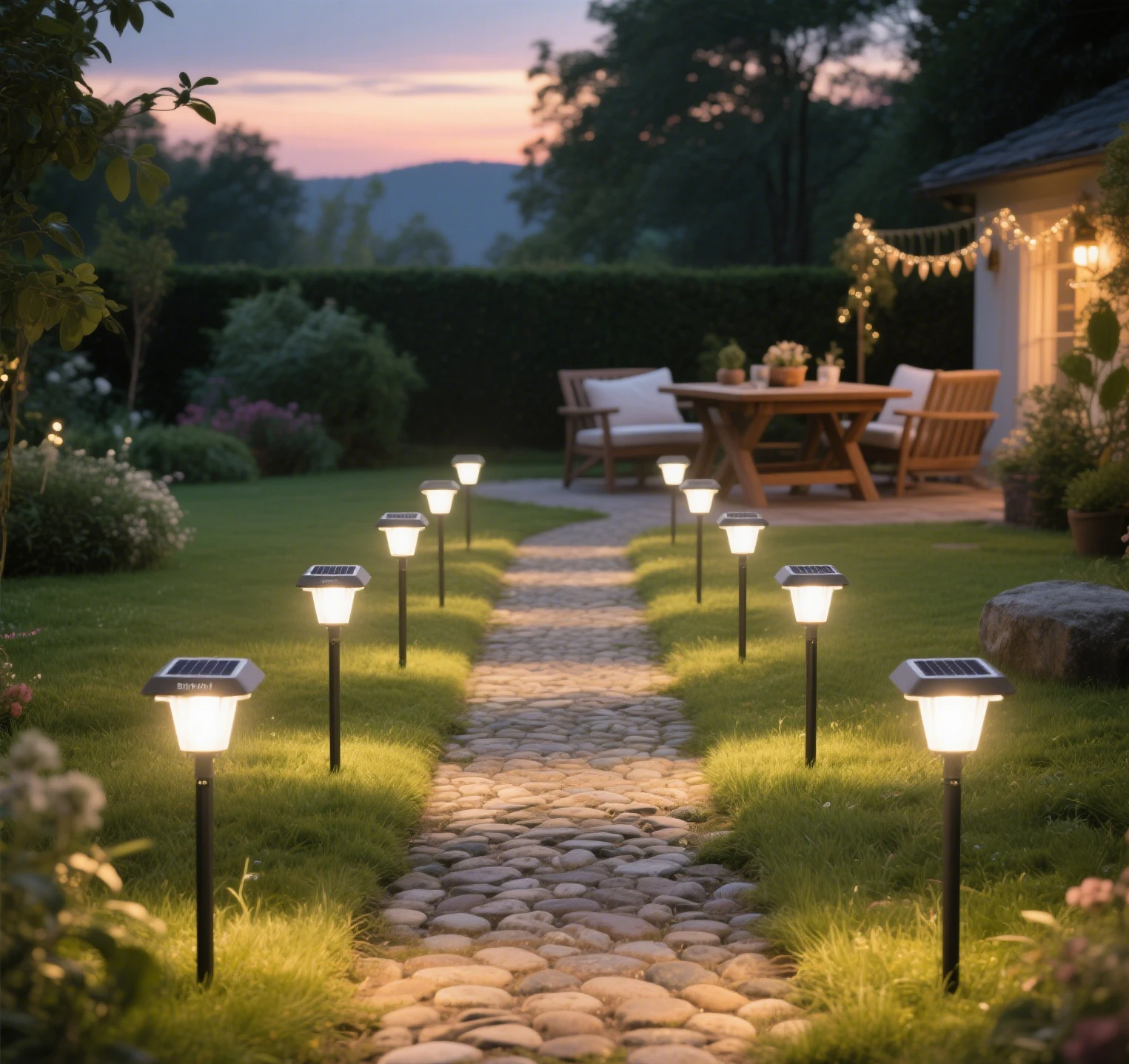
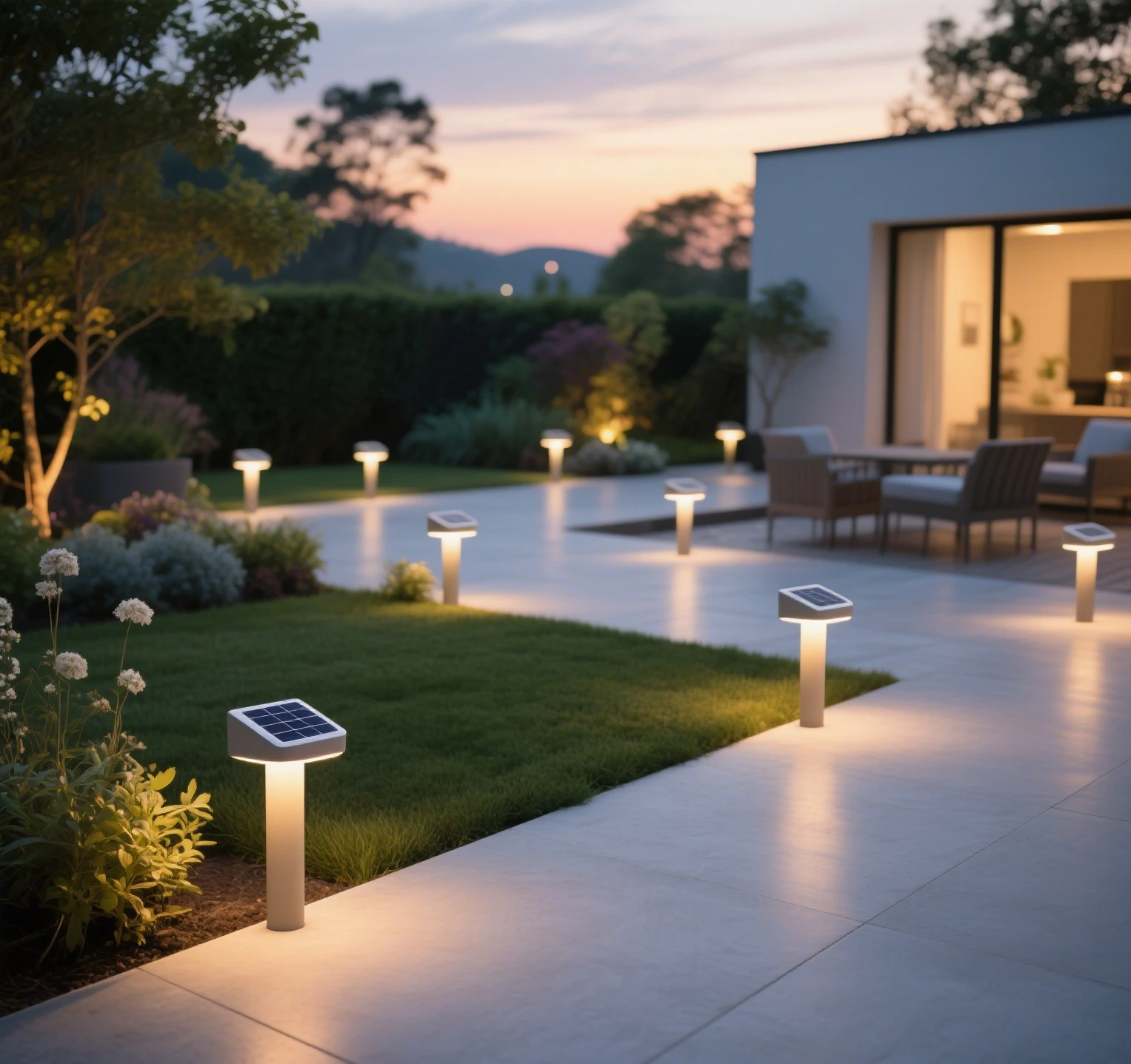

Leave a Reply